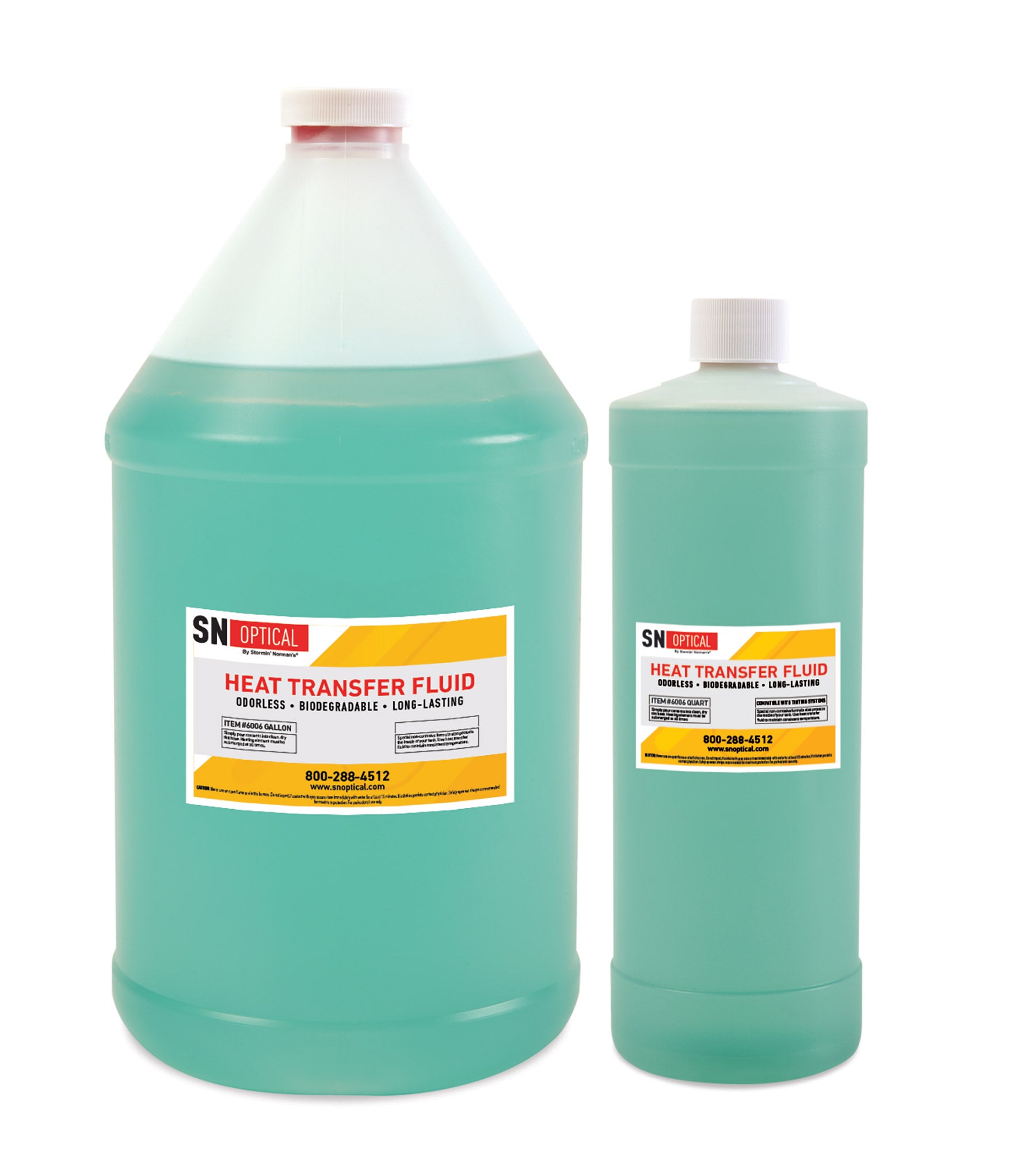The Role of Warm Transfer Liquid in Enhancing System Performance and Safety And Security
In the ever-evolving landscape of industrial processes, heat transfer fluids (HTFs) emerge as pivotal components in maximizing both system performance and security. These specialized fluids, recognized for their remarkable thermal conductivity and controlled viscosity, make it possible for effective warm exchange, which is important for structured procedures. However, the impact of HTFs expands beyond simple efficiency; their fundamental thermal stability and low flammability dramatically add to run the risk of mitigation. As industries grapple with the need for high-performance and safe procedures, understanding the nuanced function of HTFs becomes necessary. However just what makes HTFs so essential in today's commercial frameworks?
Comprehending Warm Transfer Fluids
Warmth transfer liquids, usually taken into consideration the lifeblood of thermal administration systems, play an essential role in managing temperature across different industrial applications. These liquids are vital in processes where warm have to be either taken in or dissipated to maintain optimum operating problems. Industries such as chemical handling, power generation, and manufacturing count on heat transfer fluids to make sure devices runs efficiently and securely. By assisting in the transfer of thermal power, these fluids assist in preventing getting too hot, thus lengthening the lifespan of equipment and decreasing downtime.
The option of an appropriate warmth transfer fluid is vital to the success of a thermal monitoring system. Understanding the nature and function of these liquids entails recognizing their capability to soak up, transportation, and release heat successfully. Warmth transfer liquids can be broadly categorized into different kinds, consisting of water-based, glycol-based, and artificial oils, each with its specific applications and advantages. The choice of liquid depends on factors such as temperature range, thermal stability, and compatibility with system products. In recap, a thorough understanding of warmth transfer liquids is vital for optimizing system performance, ensuring operational security, and achieving cost-efficient thermal administration services.
Secret Feature of HTFs

The certain warmth ability of an HTF marks the amount of heat energy needed to alter its temperature level, influencing how efficiently the system can respond to temperature variations. The boiling and freezing points of HTFs also play a critical function, particularly in systems subjected to severe temperature levels, making sure fluid stability and protecting against phase changes during operation.
Enhancing System Performance
To enhance system performance with heat useful reference transfer liquids (HTFs), it is crucial to incorporate a detailed technique that considers both fluid buildings and system style. The choice of a suitable HTF is essential, as its thermal conductivity, thickness, and certain warm capability directly influence the effectiveness of warmth exchange.
Equally important is the design of the heat transfer system itself. The surface area and material of heat exchangers ought to be enhanced to make best use of heat transfer effectiveness.
Boosting Operational Safety And Security
Making certain functional safety and security in warmth transfer systems needs a careful emphasis on both the buildings of warmth transfer liquids (HTFs) and the layout and upkeep of the entire system. HTFs should possess thermal stability, reduced flammability, and ideal thickness to lessen dangers such as leaks, fires, and system malfunctions. Choosing the ideal HTF is important as it figures out the system's capability to handle temperature fluctuations without endangering safety and security.
The style of the system ought to integrate redundancies and fail-safes to manage possible risks effectively. This includes the assimilation of security valves, stress alleviation gadgets, and temperature surveillance systems to find and resolve anomalies immediately. Regular upkeep is crucial to ensure that all elements, consisting of pumps, pipelines, and seals, are functioning properly and are devoid of wear or corrosion, which might bring about harmful leakages or failures.
Moreover, personnel in charge of the operation and maintenance of warm transfer systems have to be effectively learnt safety protocols and emergency response procedures. Regular training programs and security drills can considerably minimize the probability of crashes, making sure a safer working setting. Inevitably, a thorough approach to safety and security-- including fluid option, system design, and labor force training-- is important for optimum operational protection.
Industry Applications of HTFs
Commonly used throughout various industries, warm find out transfer liquids (HTFs) play a crucial function in boosting the performance Read Full Article and reliability of thermal administration systems. In the chemical sector, HTFs are important for keeping precise temperatures during reactions, making sure item uniformity and top quality. They facilitate heat exchange processes in reactors, condensers, and warm exchangers, consequently enhancing power usage and decreasing waste.
In the oil and gas sector, HTFs are employed in both upstream and downstream operations. They manage temperature in boring operations and enhance effectiveness in refining procedures by giving stable thermal conditions. This causes reduced downtime and enhanced safety, particularly in vital operations such as distillation and breaking.
The sustainable energy market likewise benefits considerably from HTFs, especially in concentrated solar power (CSP) plants. Below, HTFs move caught solar power to power wind turbines, enabling reliable power generation. The pharmaceutical market depends on HTFs for accurate temperature control in both synthesis and storage, ensuring item efficiency and security.


In addition, the food and drink industry makes use of HTFs for pasteurization, sanitation, and food preparation processes, boosting both item safety and production effectiveness. Across these sectors, HTFs act as indispensable parts in preserving optimum operational efficiency and security.
Conclusion
Warmth transfer fluids are essential in boosting commercial system performance and safety by offering high thermal conductivity, optimum thickness, and thermal security. Correct option and upkeep of HTFs boost warm exchange effectiveness, consequently improving operational effectiveness. The low flammability of these liquids is essential for decreasing threats and guaranteeing risk-free operations. Comprehensive employees training and regular maintenance better support the integrity and performance of industrial processes, strengthening the crucial function of HTFs in varied applications.